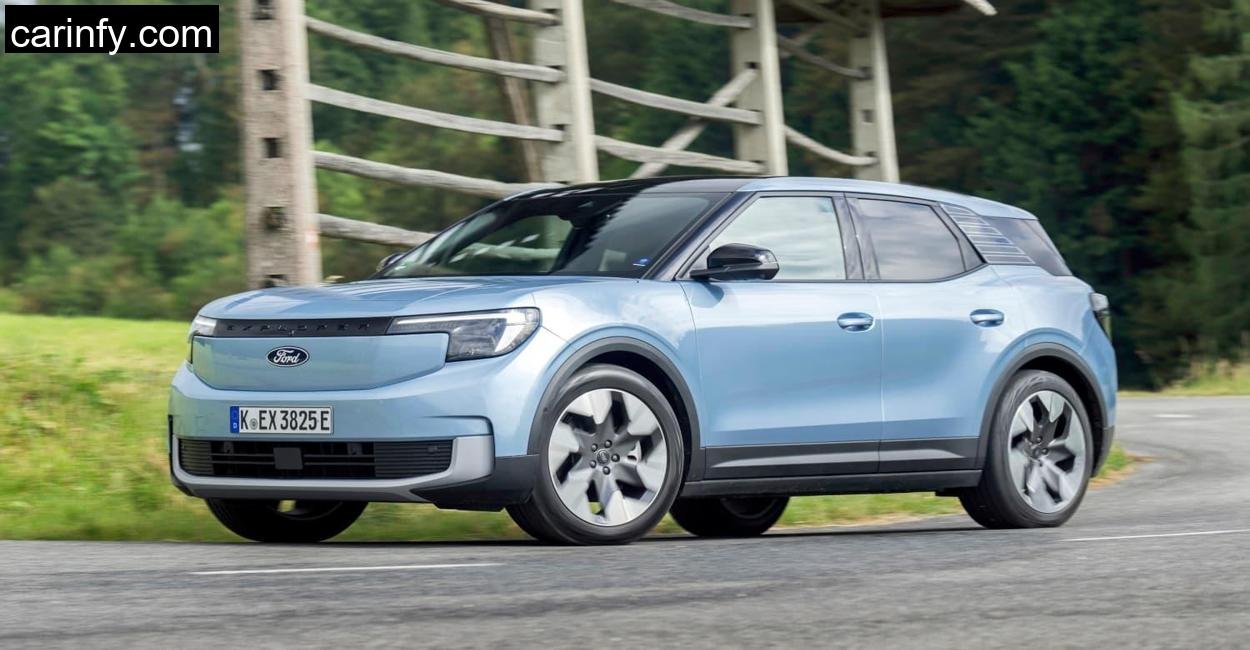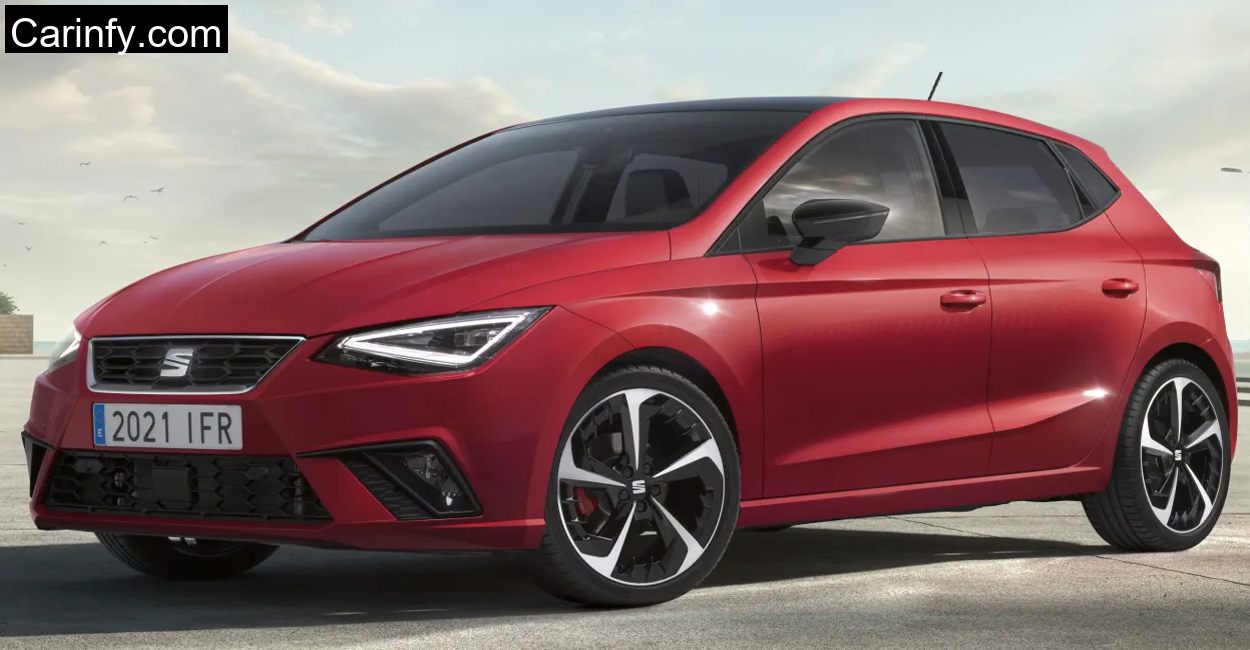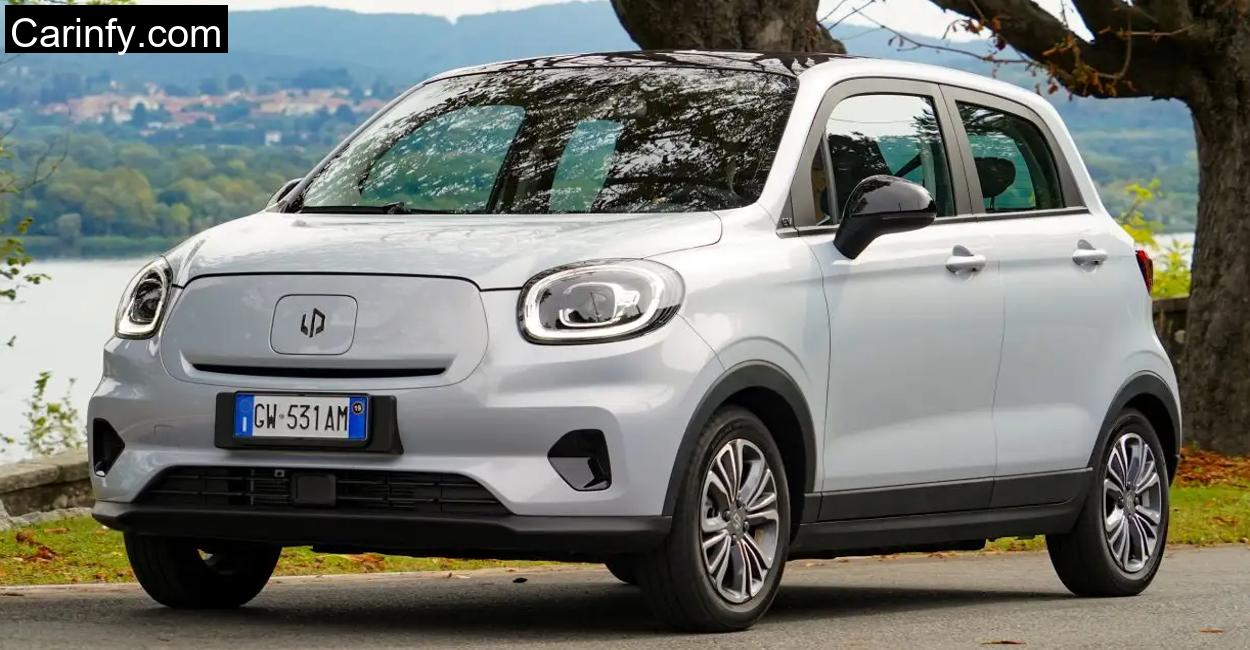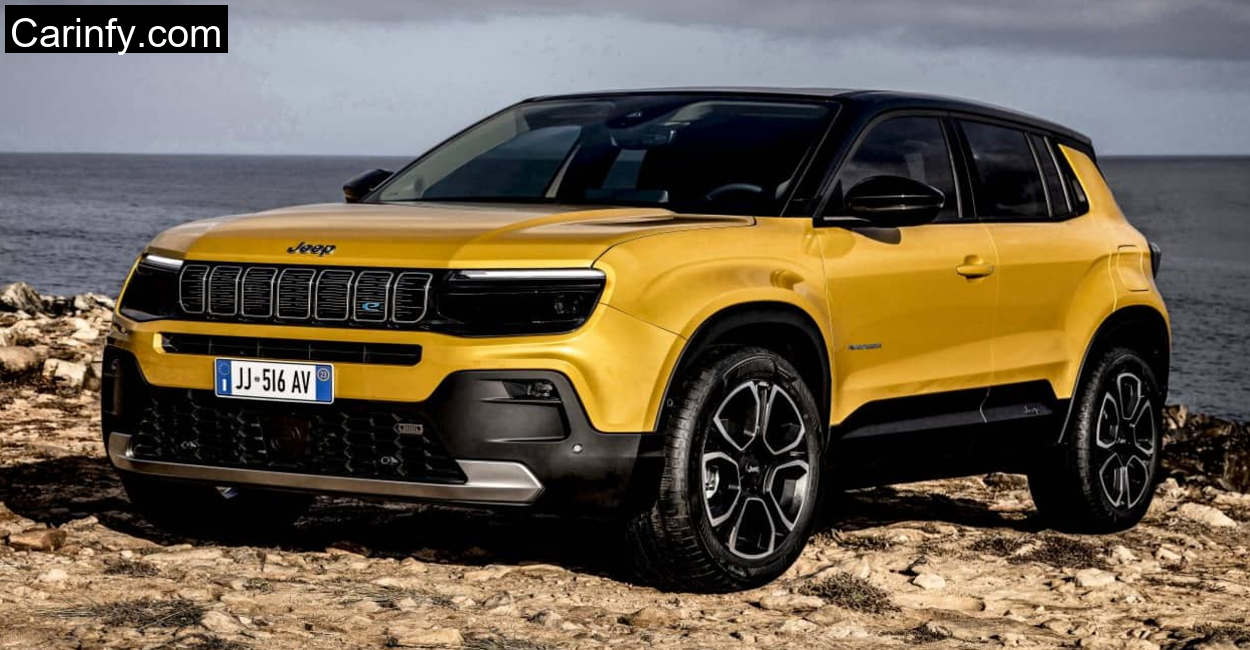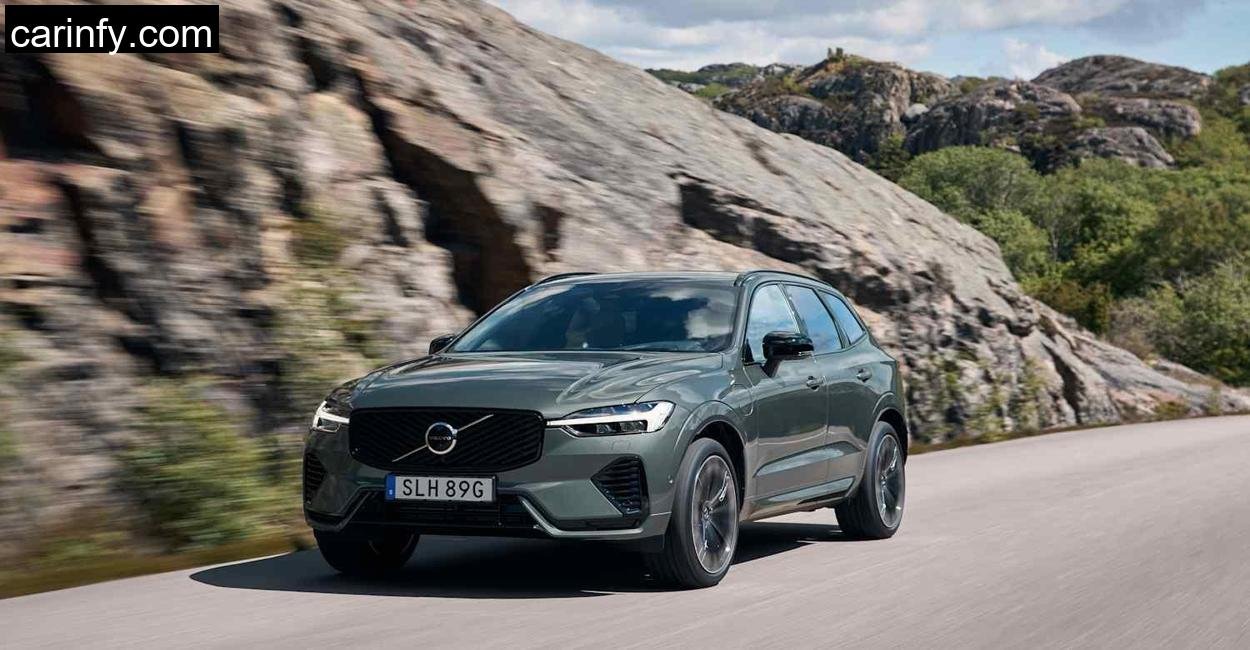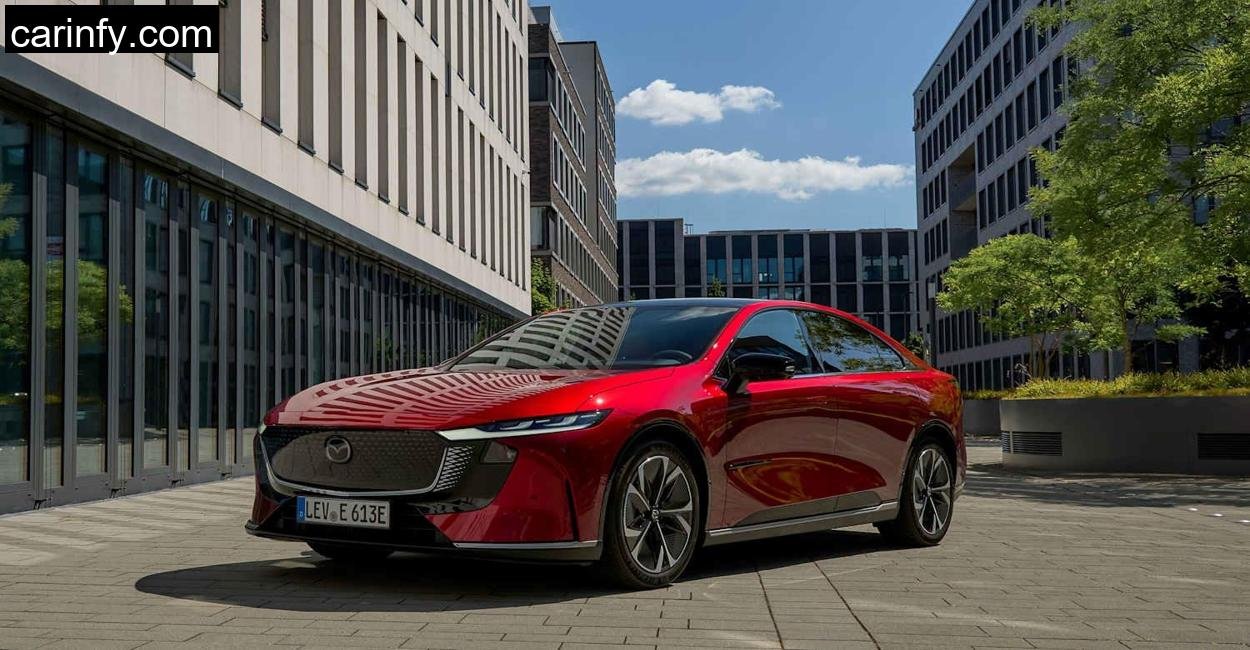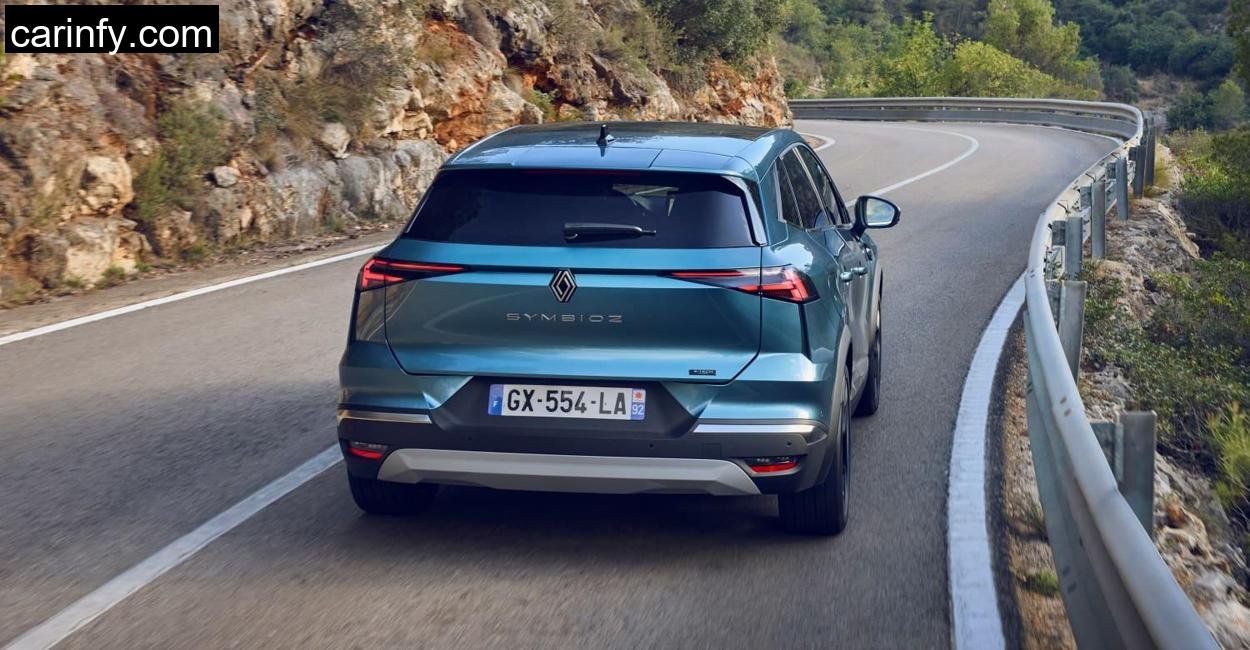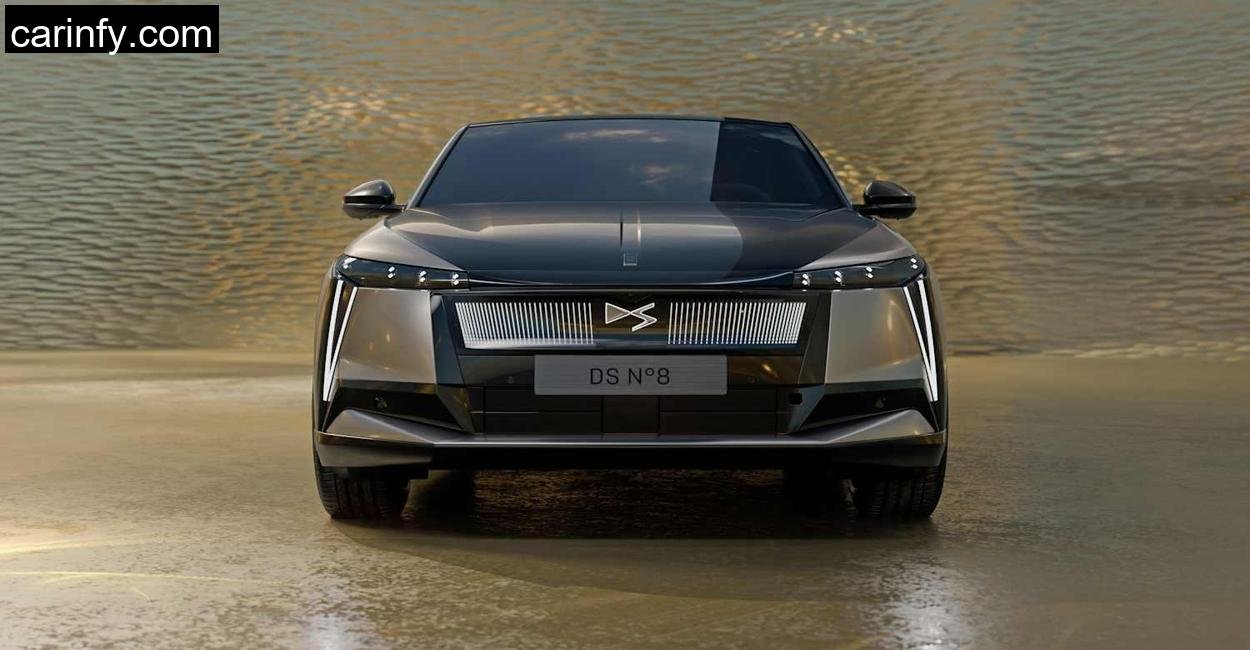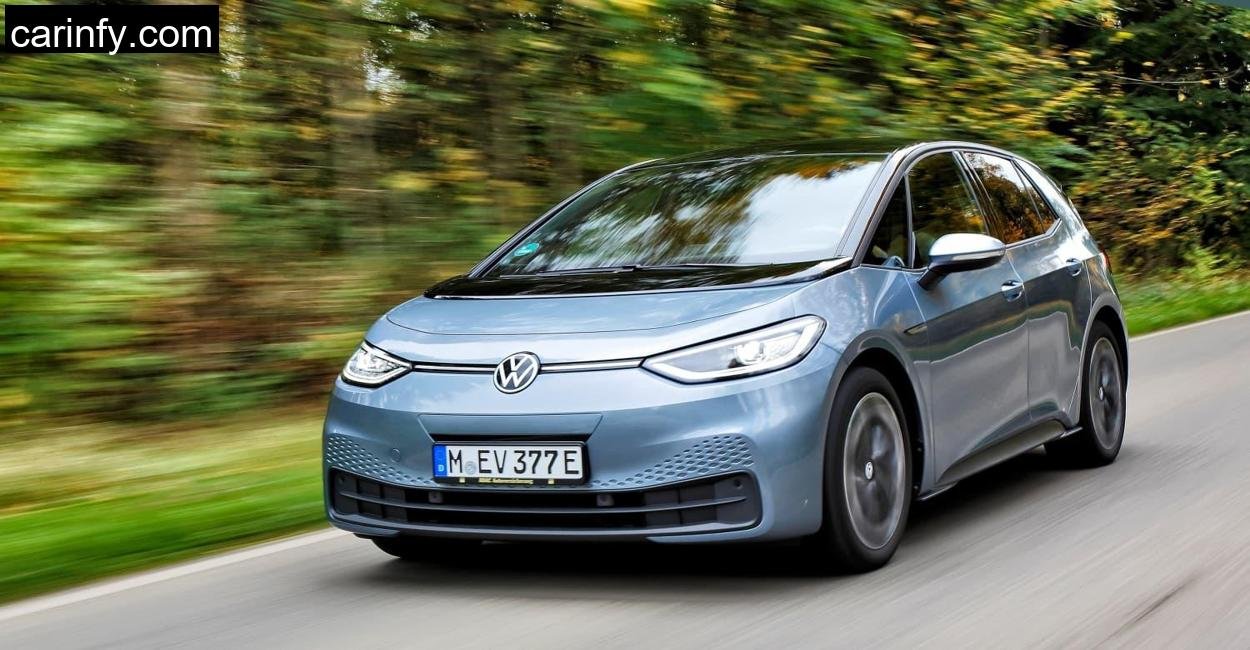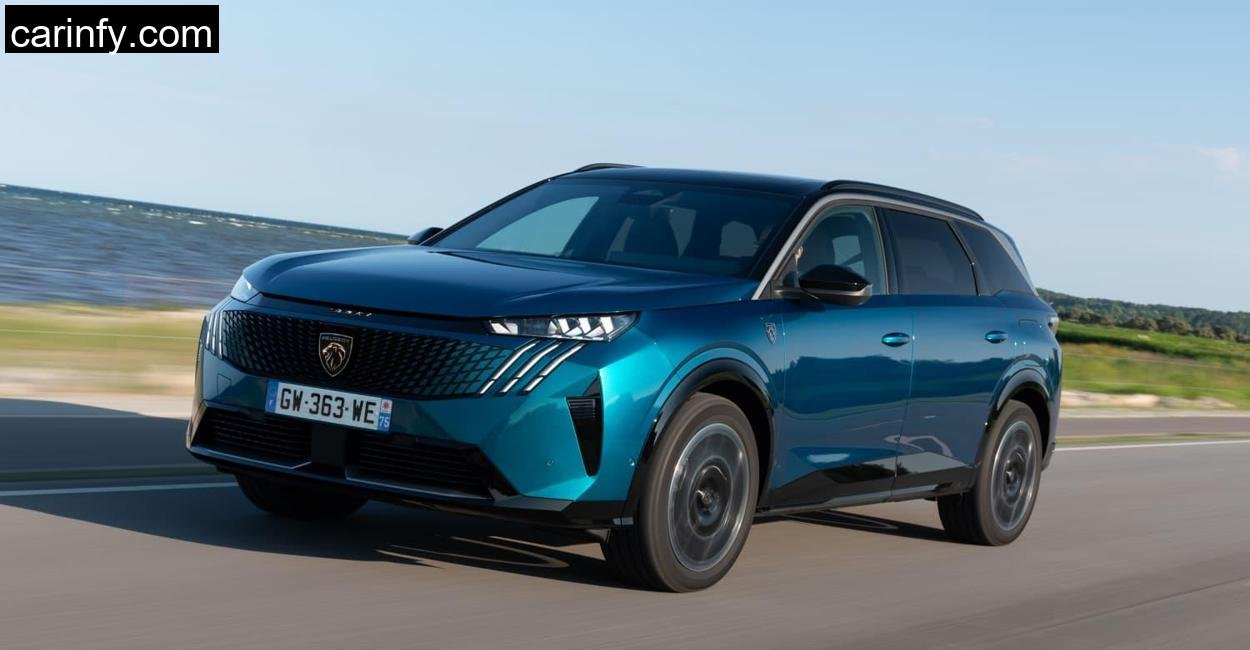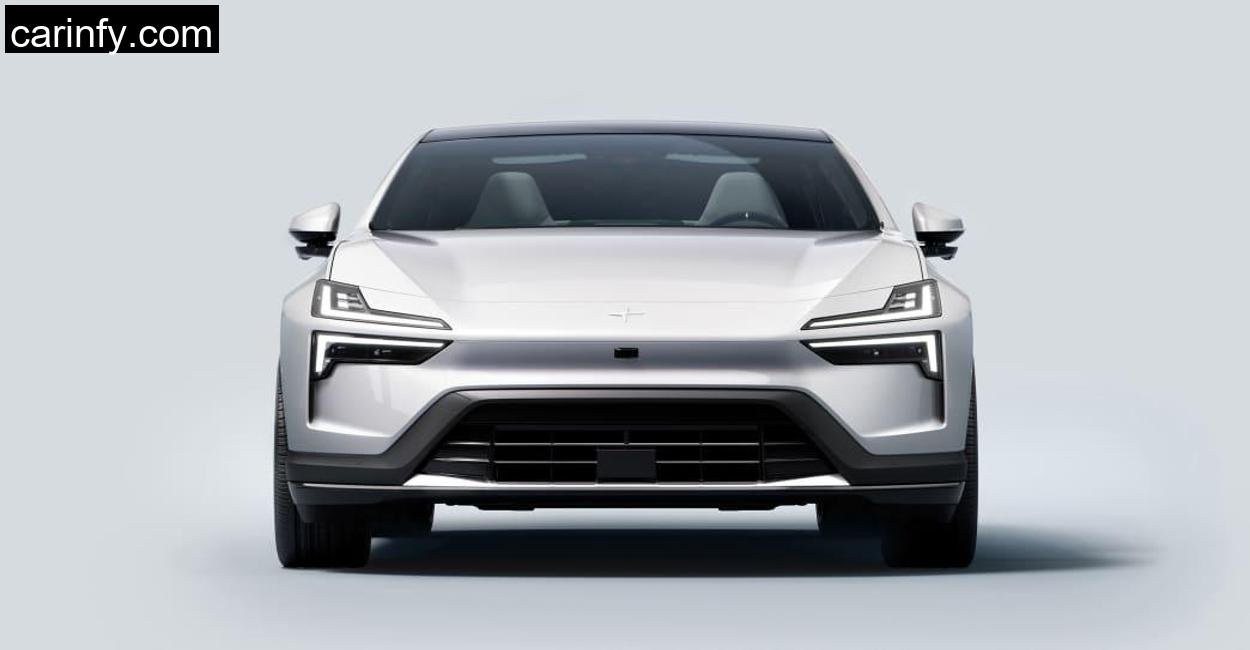The Bastberg Hill in Alsace is an unlikely spot to test a high-tech electric SUV. A gentle, stony hill northeast of Saverne, lined with short trails, crisp mountain air, and open skies, it doesn’t exactly scream “automotive proving ground.” But that’s exactly what made it perfect. No traffic lights. No noise. Just me, the fresh French countryside, and the new Ford Explorer Extended Range AWD, a car that’s been raising eyebrows across Europe, not least because it rides on Volkswagen’s MEB platform.
When I first pulled into the dusty access road of the Bastberg with the Explorer, I couldn’t help but smirk. Here I was, in a car that says “Explorer” on the back but is more German underneath than American. The irony wasn’t lost on me. Yet, within minutes of gliding silently along the early morning tracks, fog still hanging on the northern side of the hill, I understood that this wasn’t just a badge-swapped VW. It was a Ford interpretation of what a practical, family-sized EV should be. And that alone deserved a deeper dive.
The Design: Rounded Ford With German Bones
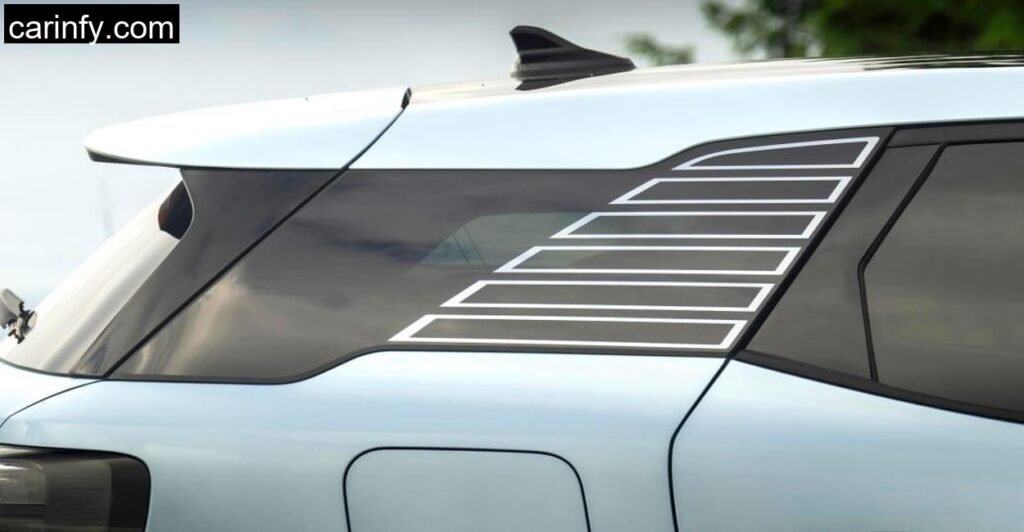
The Ford Explorer EV doesn’t make a dramatic first impression. There’s no oversized front grille, no bulky SUV drama. It looks clean and compact at 4.45 meters in length, shorter than a Škoda Enyaq but with more edge than the VW ID.4. The front is grille-free and a bit upright, making it look more modest than menacing. But the subtle roofline taper and a bold rear spoiler save it from anonymity. It whispers Ford in the design, but you’ll see glimpses of Wolfsburg if you know where to look.
One design element that really stood out to me was the flush integration of the light bar across the rear and the consistent surfacing along the sides. It lacks the American “chunk” but feels globally mature. The door shut has that deep VW-style thunk. The panel gaps are neat. Walk around the car, and you’ll find enough personality to distinguish it from its platform siblings, even if it shares a digital DNA strand or two.
Cockpit and Cabin: Practicality With a Hint of Play
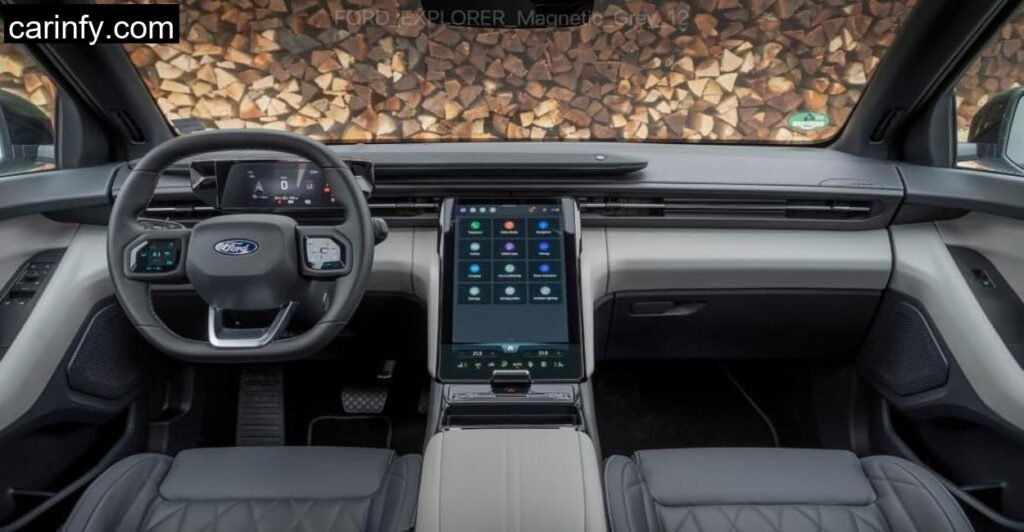
Sliding into the Explorer, I found myself facing a 14.6-inch central touchscreen, vertically mounted like a smartphone held upright. It’s the heart of everything, navigation, climate, media, even drive modes. Normally, I’m wary of screens replacing physical buttons, especially on bumpy tracks, but this one impressed. Not just because of its crisp resolution, but because it tilts and slides upward, revealing a hidden “Private Locker” storage space behind it. I kept my passport, AirPods, and some cash there throughout the Bastberg trip. Not once did I worry about prying eyes.
The seats are wide and plush, with excellent lumbar support even after 4 hours of driving from Strasbourg to the Vosges. Space is another strong suit. At 1.87 meters wide, there’s genuine elbow room. I’m nearly 6 feet tall, and the rear legroom was ample even with the front seats pushed back. Headroom is fine unless you’re a basketball player.
Ford has included their proudly named “MegaConsole” up front. I found it more than just marketing. I stored my DSLR, a folded gimbal, and three water bottles inside with space left over. It’s 17 liters of genuinely usable central storage. Modular, clever, and thoughtful.
Performance on Bastberg’s Backroads: Effortless Grip, Surprising Speed
The Bastberg is no Nürburgring, but it gives a driver everything they need to understand an SUV’s behavior, steep inclines, loose gravel, sudden hairpins, and open bends looking down at the lowlands of Alsace. The Ford Explorer Extended Range AWD, with 250 kW (340 hp) and 679 Nm of torque, proved to be a beast cloaked in civility.
From a standstill to 100 km/h in 5.3 seconds, the Explorer surges with confidence. It’s not the kind of acceleration that snaps your neck, it’s more of a tidal surge: smooth, uninterrupted, powerful. In real-world overtakes between 60 to 100 km/h, it responds in just 2.6 seconds. That meant every slow-moving camper van or cyclist on the Bastberg ascent was an opportunity, not a frustration.
The AWD system gave phenomenal grip even on damp, dusty tarmac. I tested the Traction mode on a particularly loose stretch below the summit, precise throttle control and predictable corner exits were the highlights. The low center of gravity (thanks to the battery pack) was evident in fast bends. The car barely rolled. It felt more planted than any mid-size SUV had a right to.
The only complaint? The steering. A bit too relaxed in center feel, and on tighter hairpins, I had to readjust more than once. A touch more feedback would make this close to perfect.
Battery and Charging: Real World > Claims?
The Explorer I tested had the 79 kWh net battery, which Ford claims delivers 536 km of range. But let’s talk real-world numbers: my test cycle, including the hills, high-speed autoroute sections, and urban congestion in Saverne, returned a range of 445 kilometers. That’s close enough to the claim to be believable. The ADAC numbers matched my experience nearly point-for-point.
On my return from Bastberg, I stopped at a 200 kW Ionity charger. Ford claims the Explorer can charge from 10% to 80% in 26 minutes with its 185 kW peak DC charging. My session started at 12% and hit 78% in 27 minutes, adding about 290 km of usable range. More importantly, charging remained consistently above 140 kW for most of that session, rare in today’s EV world where power often tapers too quickly.
AC charging is limited to 11 kW, which means an overnight charge takes about 8 hours. It’s functional but feels a bit behind, especially when cities are starting to offer 22 kW AC posts.
Infotainment and Features: Functional, But Don’t Rush It
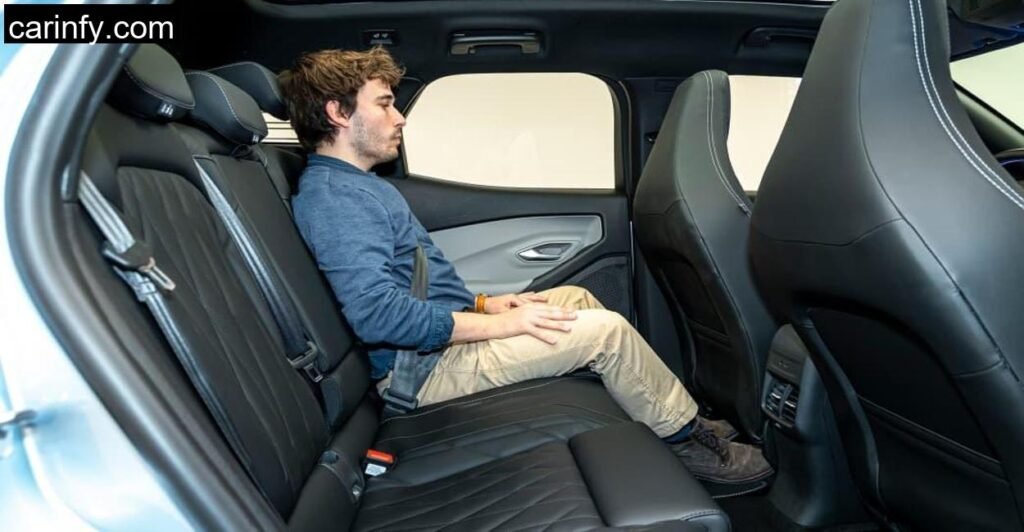
Ford’s infotainment UI borrows structure from Volkswagen but adds its own skin. Once you get used to it, it’s logical, fast, and includes Apple CarPlay and Android Auto (wireless). The customizable home screen widgets are a nice touch, though smaller icons can make it tricky while driving.
What I loved most was how everything works without a learning curve. Climate control, map zooming, voice commands, they all respond with clarity and speed. One oddity: there’s no physical volume knob. That became annoying when I needed to adjust music quickly while concentrating on tight bends.
The B&O audio system delivered crisp highs and decent bass, perfect for the chill playlists I had on during the Bastberg descent. Not concert-level, but far better than average.
Safety and Assistance: Confidence, Not Intrusion
The Explorer uses twelve ultrasonic sensors, five cameras, and three radar units to deliver comprehensive safety. Adaptive cruise control, automatic lane change assistance (once you indicate), and fatigue detection all came into play during my long drive back through the A4 motorway.
One standout was the lane keep assist that nudges you gently without being intrusive. The blind spot assist, especially during quick lane changes in Strasbourg’s dense traffic, worked flawlessly. I never felt nagged, just supported.
Another thoughtful inclusion is the V2H capability (Vehicle-to-Home). Though I didn’t test it personally, it’s possible to use the Explorer as a home battery when connected to an E3/DC power system. On paper, it sounds perfect for eco-conscious households with solar roofs.
Technical Specifications: Ford Explorer EV Extended Range AWD
For accuracy and reliability, all technical info is sourced instantly from the official websites of Ford’s.
| Specification | Detail |
| Powertrain | Dual electric motors (AWD) |
| System Power | 250 kW (340 hp) |
| System Torque | 679 Nm |
| 0-100 km/h | 5.3 seconds |
| Top Speed | 180 km/h |
| Battery Capacity (net) | 79 kWh |
| Range (WLTP) | 536 km |
| Tested Range | 445 km |
| Energy Consumption (WLTP) | 17.0 kWh/100 km |
| Real-World Consumption (ADAC) | 19.2 kWh/100 km |
| Fast Charging Power (DC) | Up to 185 kW |
| AC Charging Power | 11 kW |
| Charging Time (10-80% DC) | 26 minutes |
| Boot Space (normal) | 445 liters |
| Boot Space (seats down) | 1,417 liters |
| Vehicle Length | 4,468 mm |
| Base Price (Germany) | €56,900 |
Conclusion: Does Ford + VW = Something That Works?
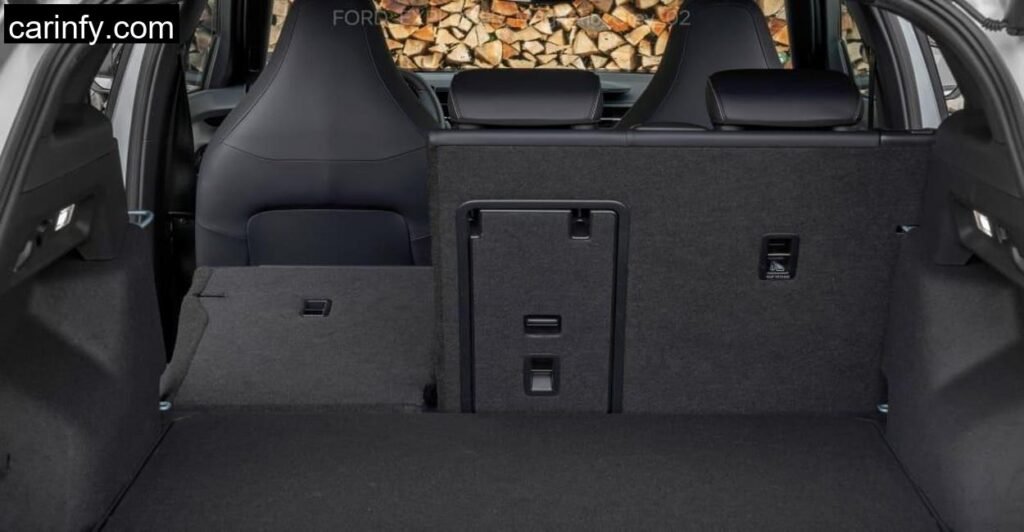
By the time I parked the Explorer in a shaded café lot at the bottom of Bastberg, the thought was clear: this car works. Not just on paper, not just in the lab, but in actual, uneven, occasionally muddy French countryside conditions.
Sure, the Ford Explorer borrows its bones from Volkswagen, but Ford has massaged the dynamics, added family-friendly usability, and wrapped it in a distinctive, less clinical shell. This isn’t just a rebadged ID.4. It’s a Ford by attitude, and a VW by engineering, and that turns out to be a winning combination.
It won’t thrill enthusiasts like a Mustang Mach-E. But if you need a daily, practical, confident, tech-savvy EV that doesn’t scream for attention but earns your trust in silence, the Explorer might just be what you’re looking for.
Is the Ford Explorer EV good for long-distance travel?
Yes. With a real-world range of around 445 km and DC fast charging up to 185 kW, the Explorer is practical for both highway and rural travel. It’s comfortable, stable, and efficient.
How does Ford Explorer compare to the VW ID.4 and Škoda Enyaq?
Mechanically, it’s very similar. But Ford has tuned the ride quality, added thoughtful storage solutions, and made the user interface more intuitive. It feels a bit more playful and family-oriented.
Is the infotainment screen easy to use in Ford Explorer?
It’s responsive and customizable, though the icons could be a bit larger for easier use on the move. The tilting mechanism and secret locker behind it are standout features.
